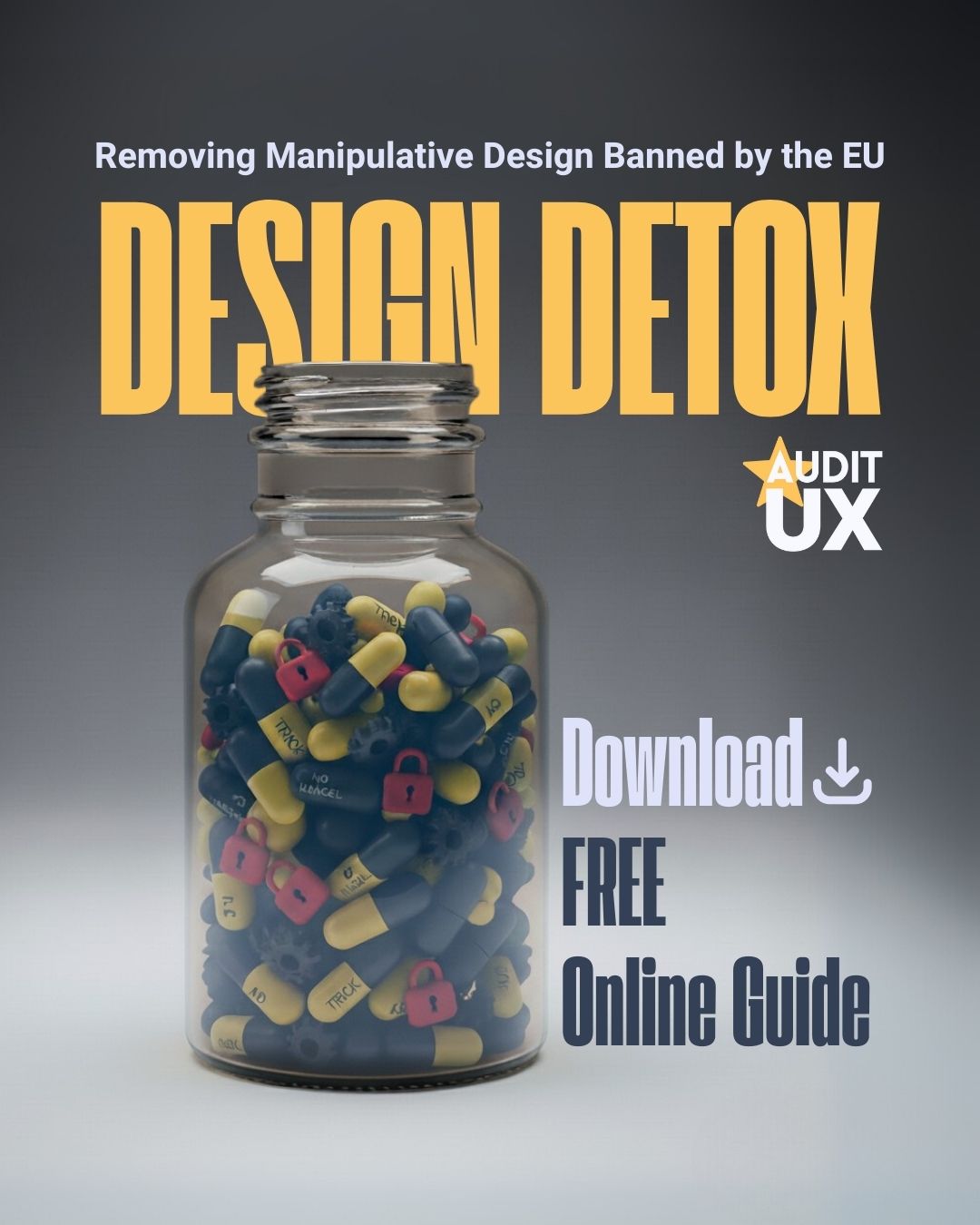When you enter into a relationship with a client, here’s what you should know: there are only two answers that truly matter. Either they rearrange their schedule to talk with you, or they reject you outright, maybe even brutally. Anything else is just a waste of time, both for you and for them.
Signs of a Problematic Relationship
If you notice that a client is giving vague answers or hesitating, you should ask yourself what’s really happening. Most likely:
- They want to solve the problem only superficially because the real solution seems too complicated or they’re not interested.
- They don’t consider the project a priority but just a task imposed by someone in management.
- They don’t want to get seriously involved and prefer to “mask” the problem instead of addressing it at its core.
This type of relationship will create constant frustrations and most likely financial problems, either due to delays or lack of payment.
Propose What They Need, Not What They Ask
When a client comes with a request that doesn’t make sense or doesn’t solve the real problem, it’s your responsibility to intervene. You must:
- Dig deeper to discover the root cause of the problem.
- Clearly explain why their approach won’t work, using concrete examples from your experience.
- Propose the right solution, even if it means changing their perspective.
How to Call It as It Is
If you need to be honest, an appropriate response might sound like this:
“Unfortunately, I cannot propose or estimate what you’re asking because:
- I don’t have enough information and would only be making assumptions.
- I don’t think this approach will help you achieve the desired results.
I recommend we start with [recommended activities] so we can better understand the problem and find the right solution.”
This approach allows you to set a tone of honesty and professionalism from the start.
The Results of This Strategy
Every time you are honest and propose real solutions, you’ll get one of these two results:
- The client becomes curious and reevaluates their requirements, becoming more open to collaboration.
- The client leaves, which is a good thing because it would have been a difficult relationship anyway.
Either of these results helps you protect your time, energy, and reputation.
Building Long-Term Relationships
Clients who appreciate your honesty and approach become long-term partners. They are the people who, when they encounter a problem, will contact you saying:
“We have this situation. What’s your opinion? What should we do?”
Trust-based relationships are fundamental, especially if you work independently.
Are You an Executor or a Strategic Partner?
In the end, the choice is simple:
- You can accept any request without analyzing it, becoming a mere executor.
- Or you can choose to be a strategic partner who puts the client’s interests first and helps them find real solutions.
Only one of these options brings authentic value and helps build a solid reputation.




